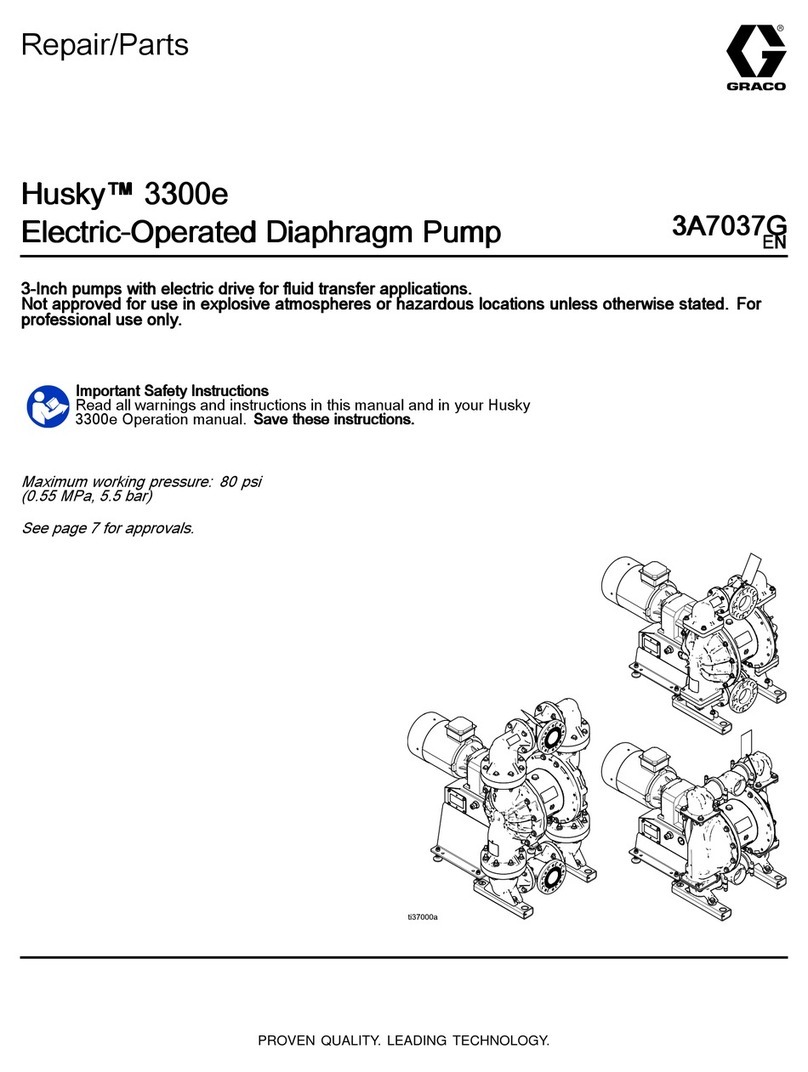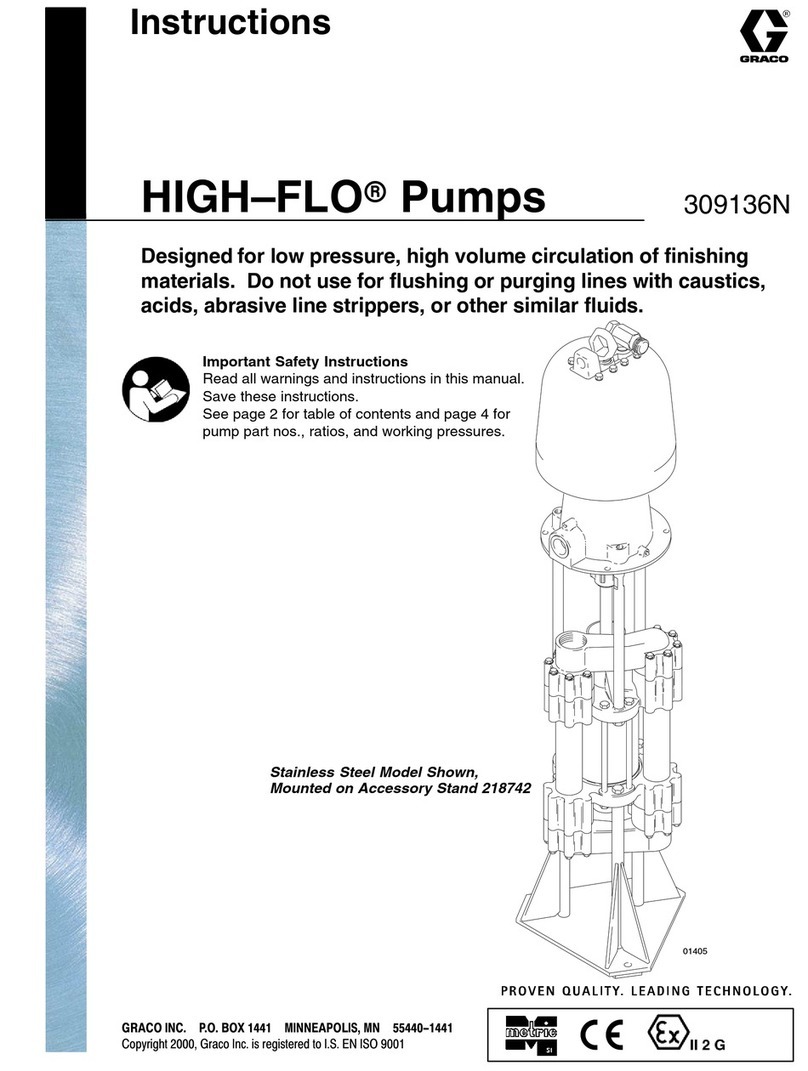Graco Husky 2150e Use and care manual
Other Graco Water Pump manuals
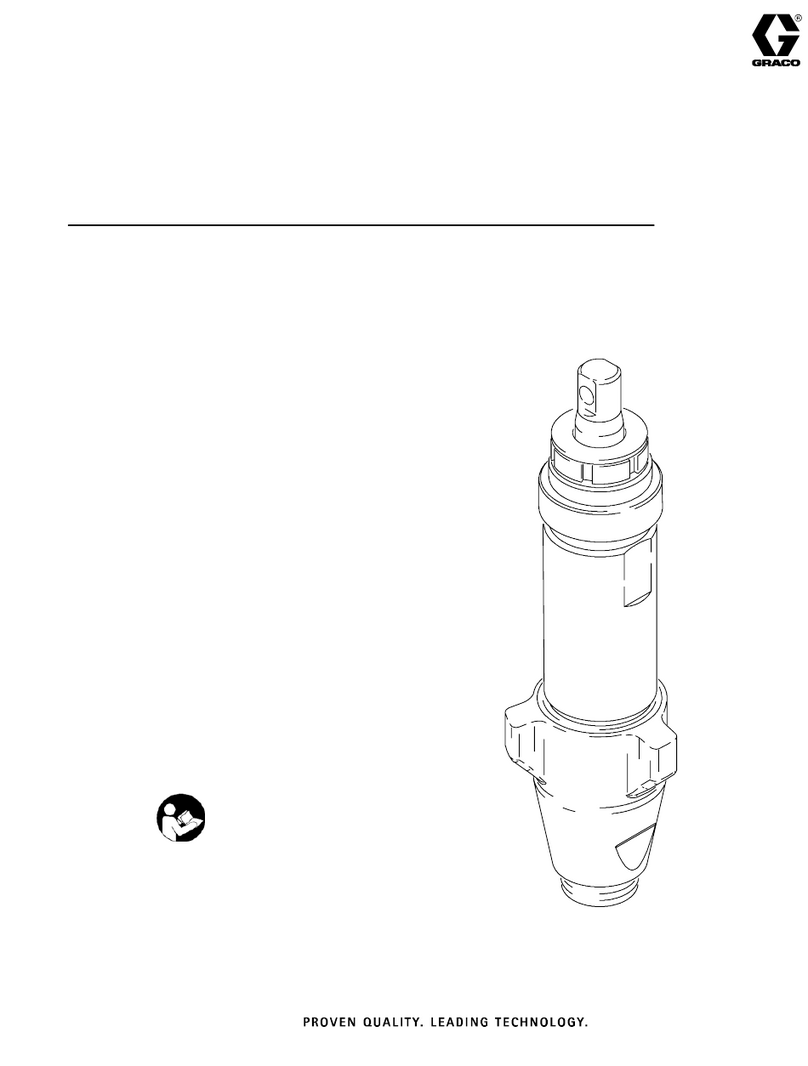
Graco
Graco 24B322 Operating instructions
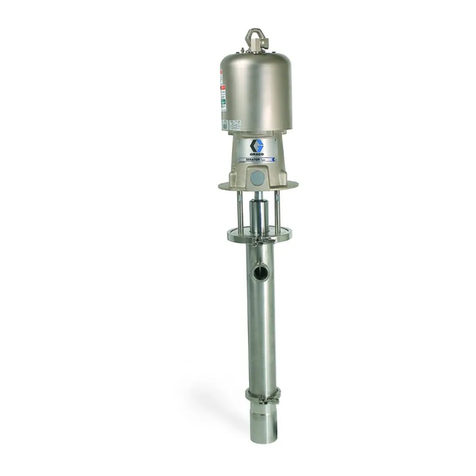
Graco
Graco Check-Mate 800 User manual

Graco
Graco Series A Operation manual
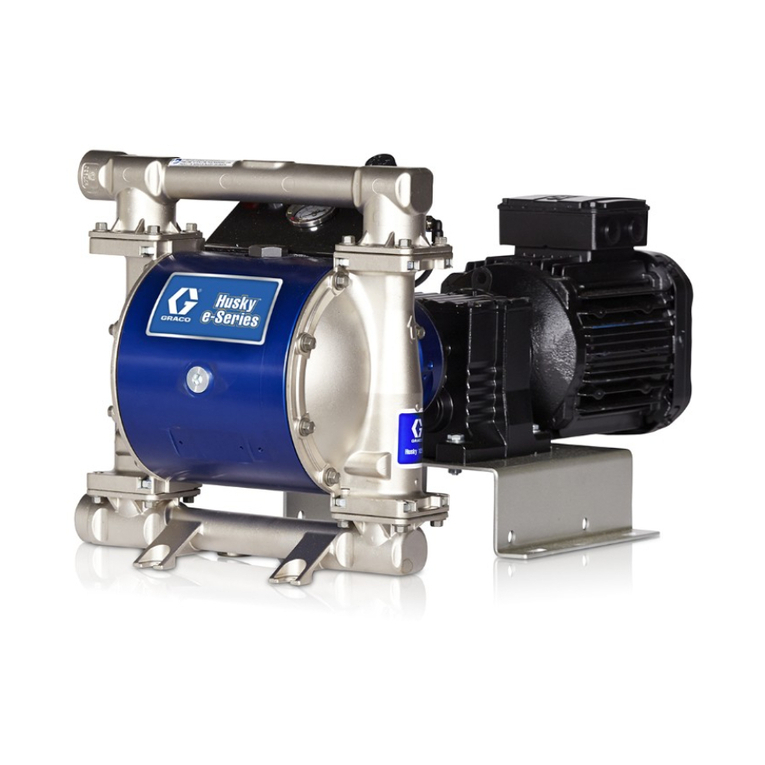
Graco
Graco Husky 1050e Instruction Manual
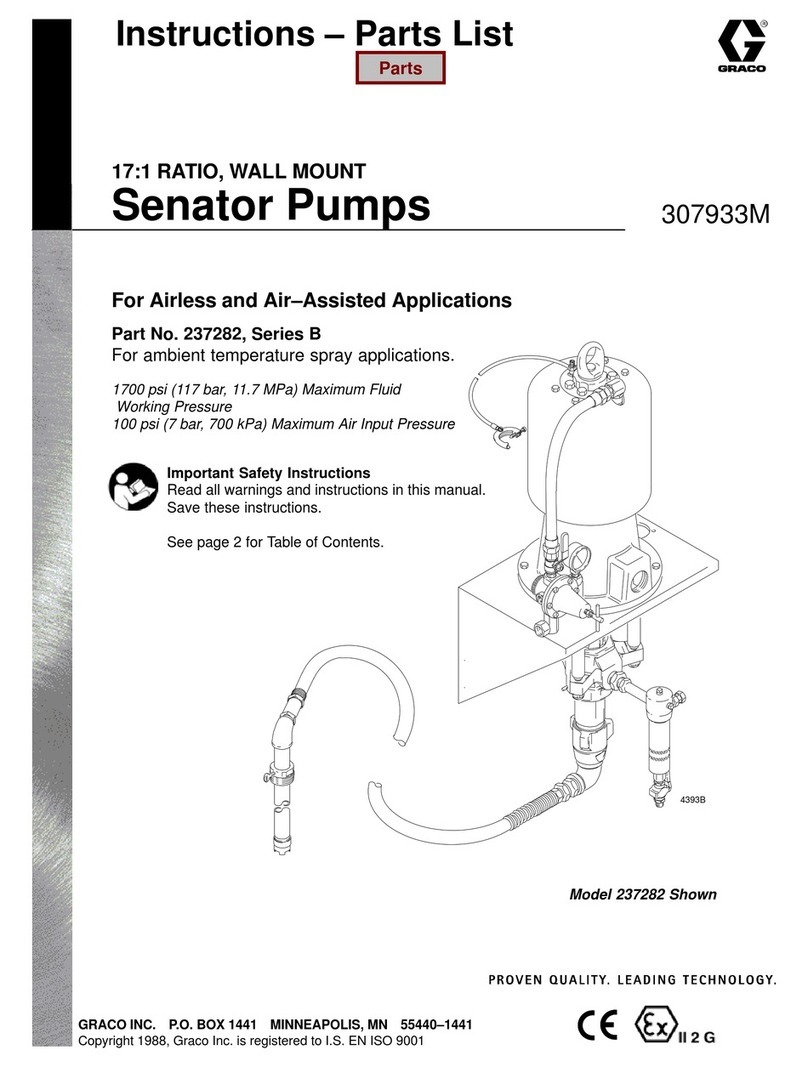
Graco
Graco 237282 Operation manual
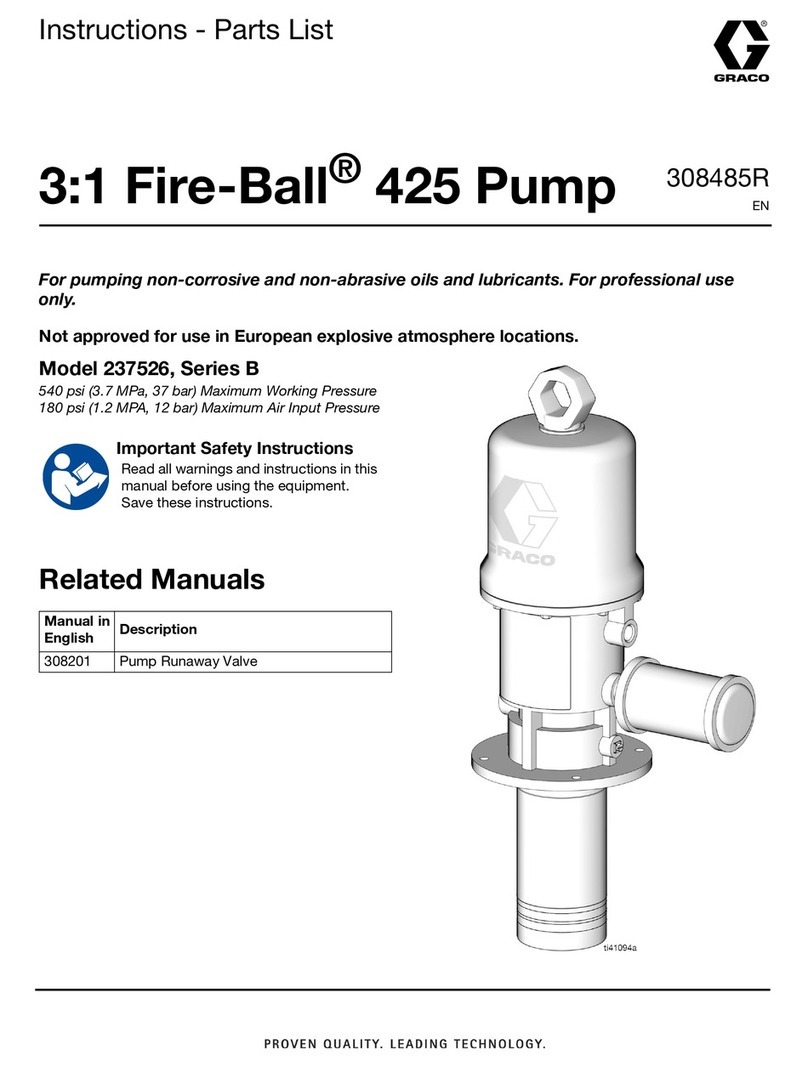
Graco
Graco Fire-Ball 237526 Datasheet
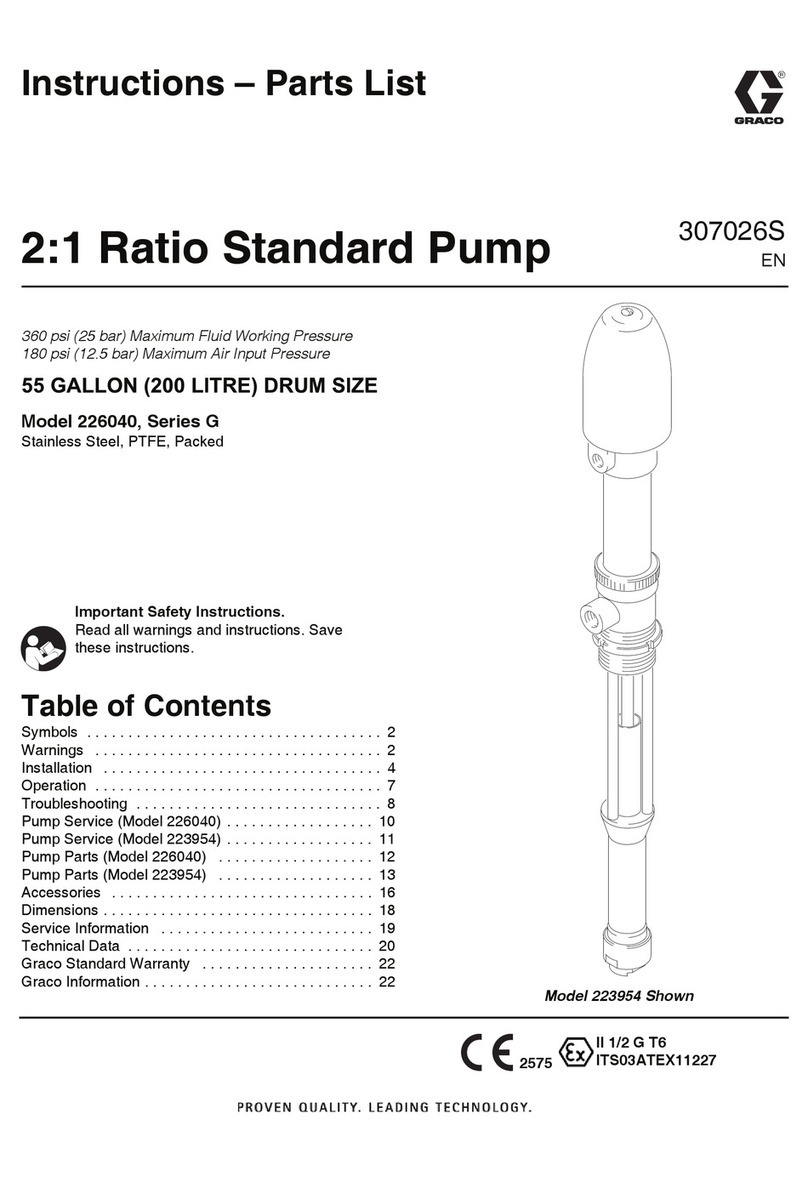
Graco
Graco G Series Operation manual

Graco
Graco Husky 515 series Operation manual
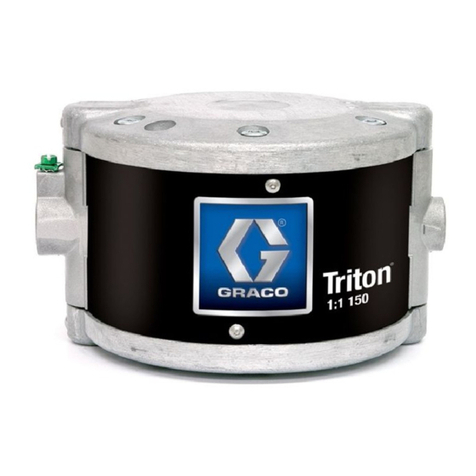
Graco
Graco Triton 308 Operation manual

Graco
Graco Husky 2150e Use and care manual

Graco
Graco 224-630 A Series Operation manual

Graco
Graco Husky 715 Datasheet

Graco
Graco SaniForce Instruction Manual
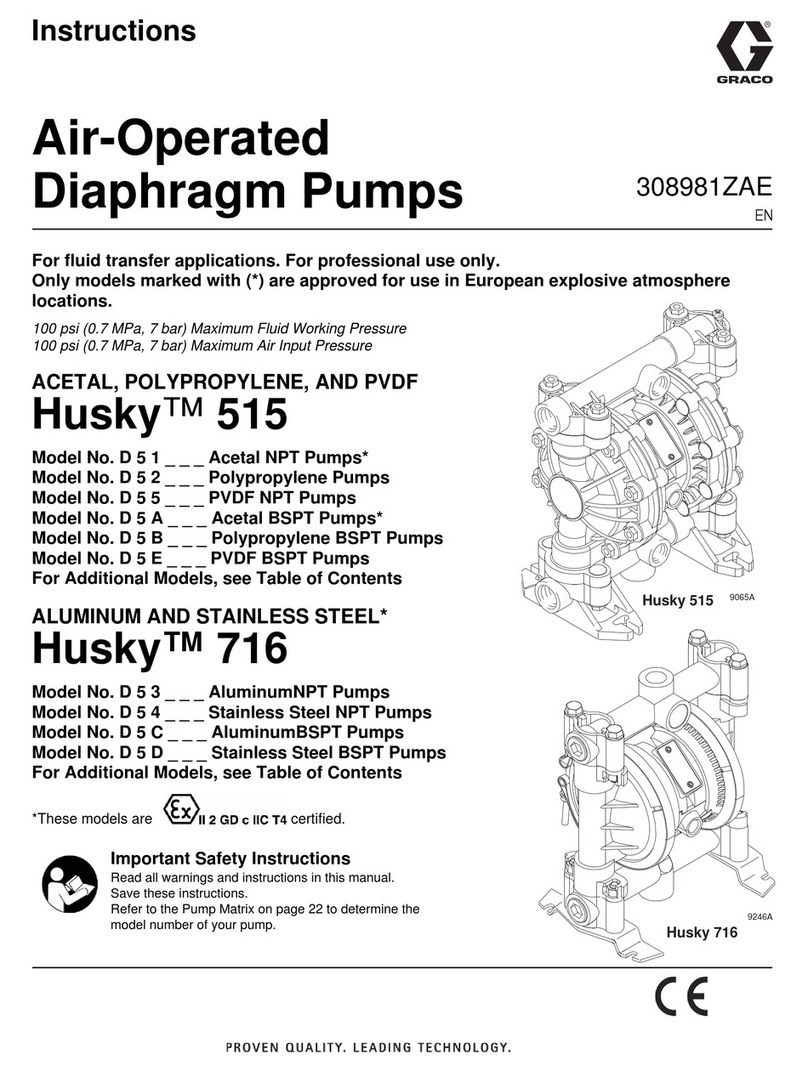
Graco
Graco 248171 User manual
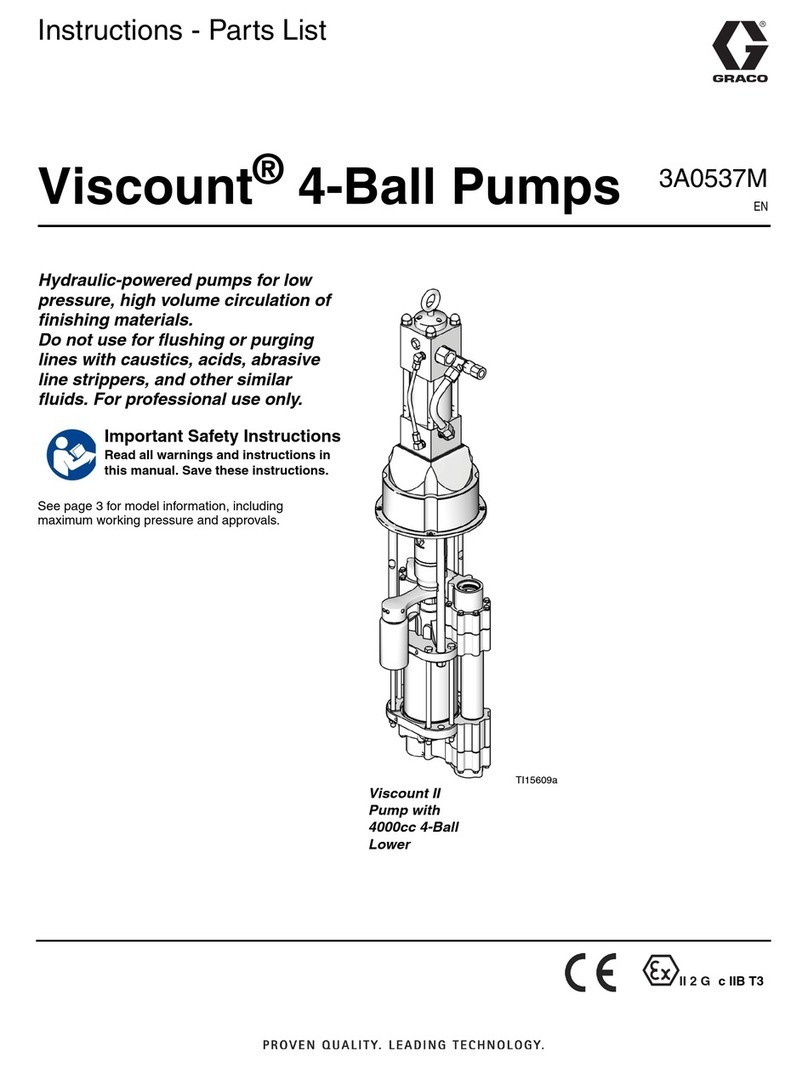
Graco
Graco Viscount 24E337 Operation manual
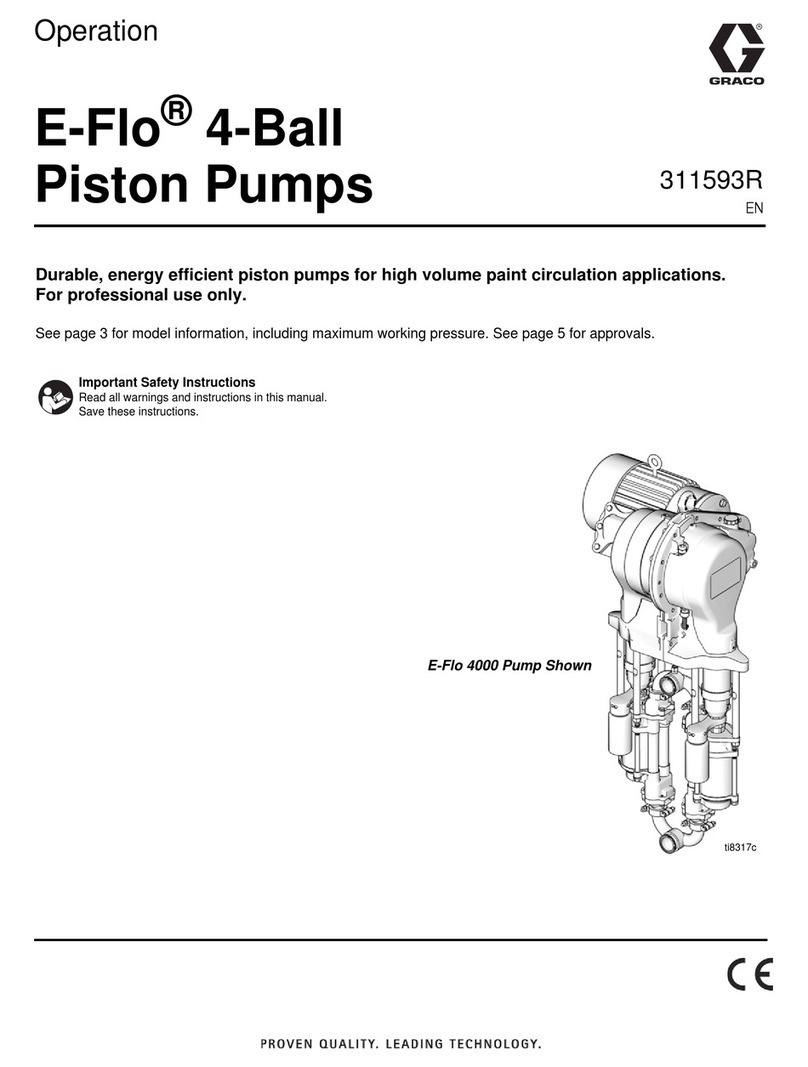
Graco
Graco E-Flo 4000 Instruction Manual

Graco
Graco ProConnect CS User manual
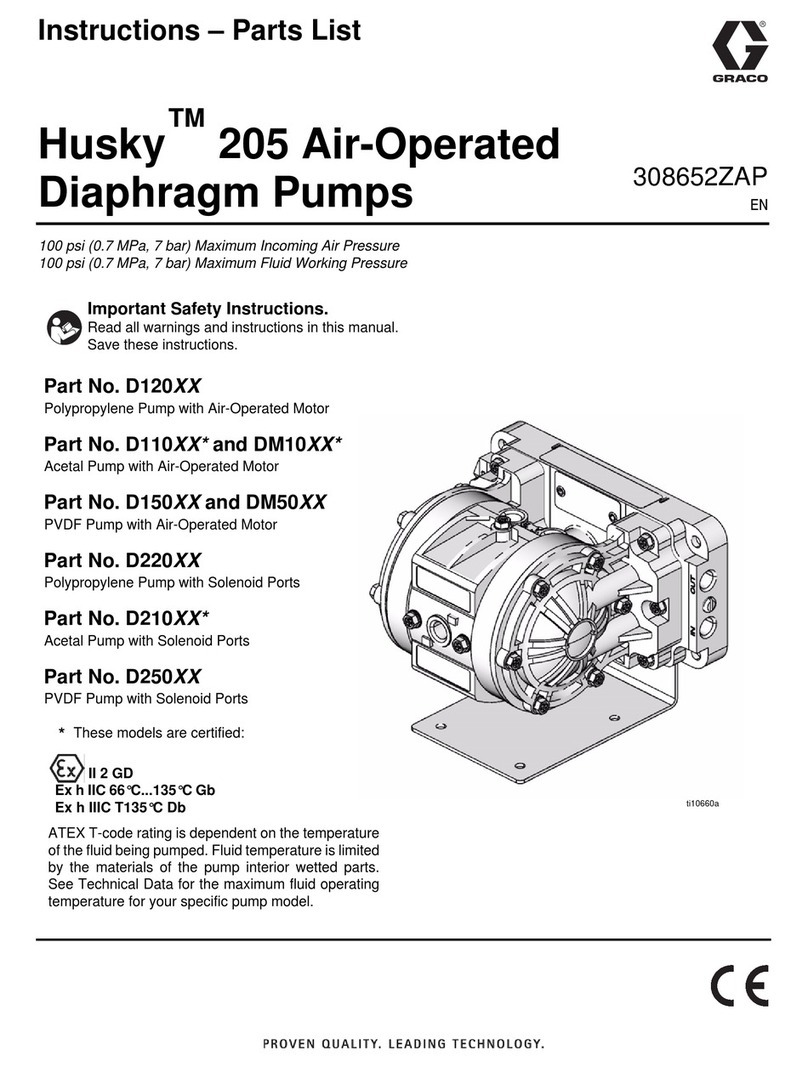
Graco
Graco II 2 GD Operation manual
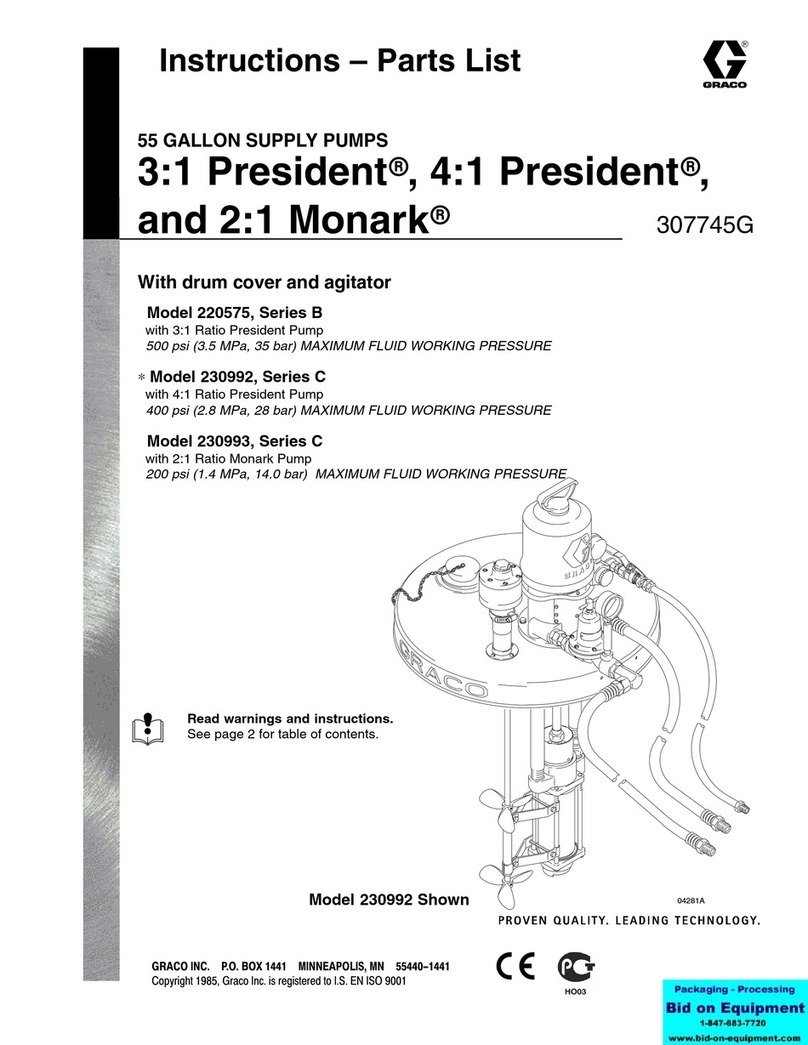
Graco
Graco HIGH-FLO 220-575 Operation manual
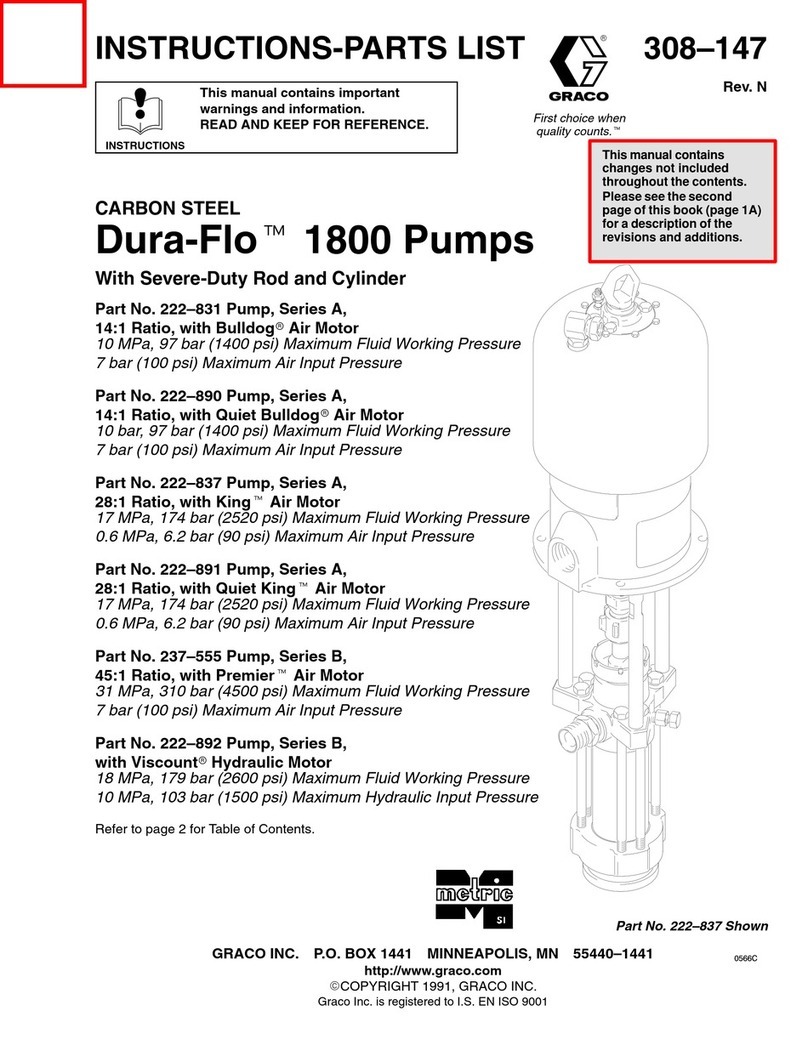
Graco
Graco 222-831 Operation manual
Popular Water Pump manuals by other brands

Fieldmann
Fieldmann FVC 5015 EK user manual

Everbilt
Everbilt EFSUB5-122HD Use and care guide

esotec
esotec 101018 operating manual

Becker
Becker BASIC VASF 2.80/1-0.AC230 operating instructions

Sykes AmeriPumps
Sykes AmeriPumps GP100M Operation and maintenance instructions

DUROMAX
DUROMAX XP WX Series user manual

BRINKMANN PUMPS
BRINKMANN PUMPS SBF550 operating instructions

Franklin Electric
Franklin Electric IPS Installation & operation manual

Xylem
Xylem e-1532 Series instruction manual

Milton Roy
Milton Roy PRIMEROYAL instruction manual

STA-RITE
STA-RITE ST33APP owner's manual

GÜDE
GÜDE HWW 900 GC Translation of the original instructions

